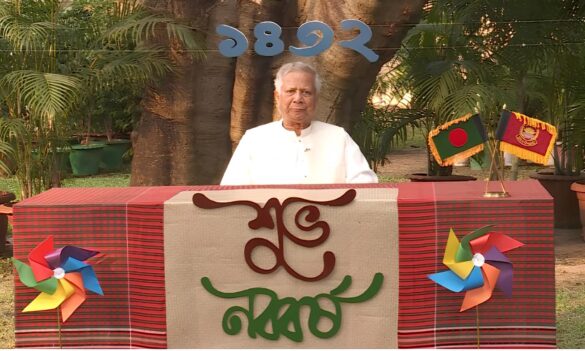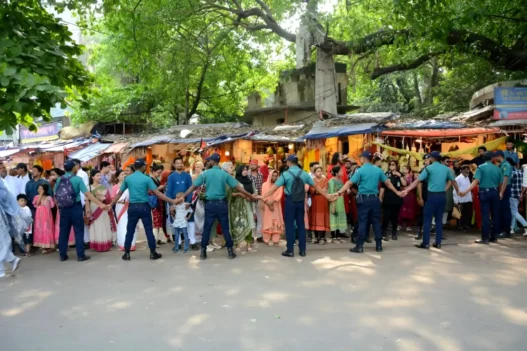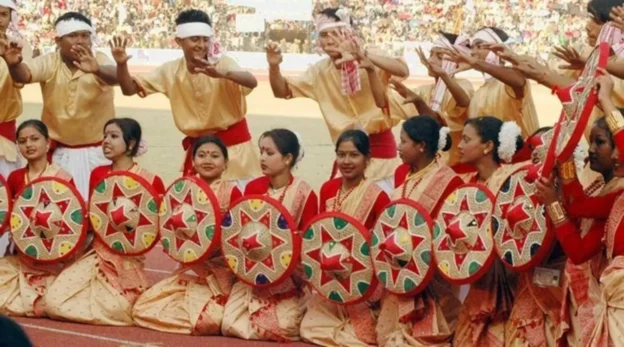The Zo people are a trans-border community living between India and Myanmar border. The term “Zomi” (also known as “Zo People”) is derived from the name “Zo,” which refers to the Zomi’s ancestor. They were formerly known as the Chin, Kuki, or Lushai, non-tribal plain people from Burma, Bangladesh, and India. These names, which were first used by the British to refer to the “wild hill tribes” dwelling in the “unadministered area,” were later adopted as names for the newly acquired subjects by Queen Victoria of England. However, their essence as Zomi is derived from Zo, a great ancestor and their descendant from whom they trace their origin, rather than from their lived reality on the highlands or hills.
The Zomis were traditionally tied up closely with their land. For them, the land was not merely a physical asset but an essential constituent of their lifeworld. The land and its features – the trees, rivers, lakes, wildlife, and so on- were populated by various spirits who play an impactful role in the community’s life. They needed to be given due regard. Rituals were performed when selecting sites for setting up villages. The central sacrificial platform of the village was called the ‘Tual,’ the spiritual influence of which was believed to extend to the entire village area. Accordingly, the area and population coming under the village were called ‘Tualsung’ and ‘Tualmi/Tualsungmi.’ The Tual domain was sacrosanct, marked by a rich set of obligations between fellow Tualsungmis. Hence, the strict injunction against Tualthah (killing of one’s fellow Tualmi). The land and environment were thus a part of their lifeworld and not external to it, partaking of the respect and duties enjoyed by its inhabitants.
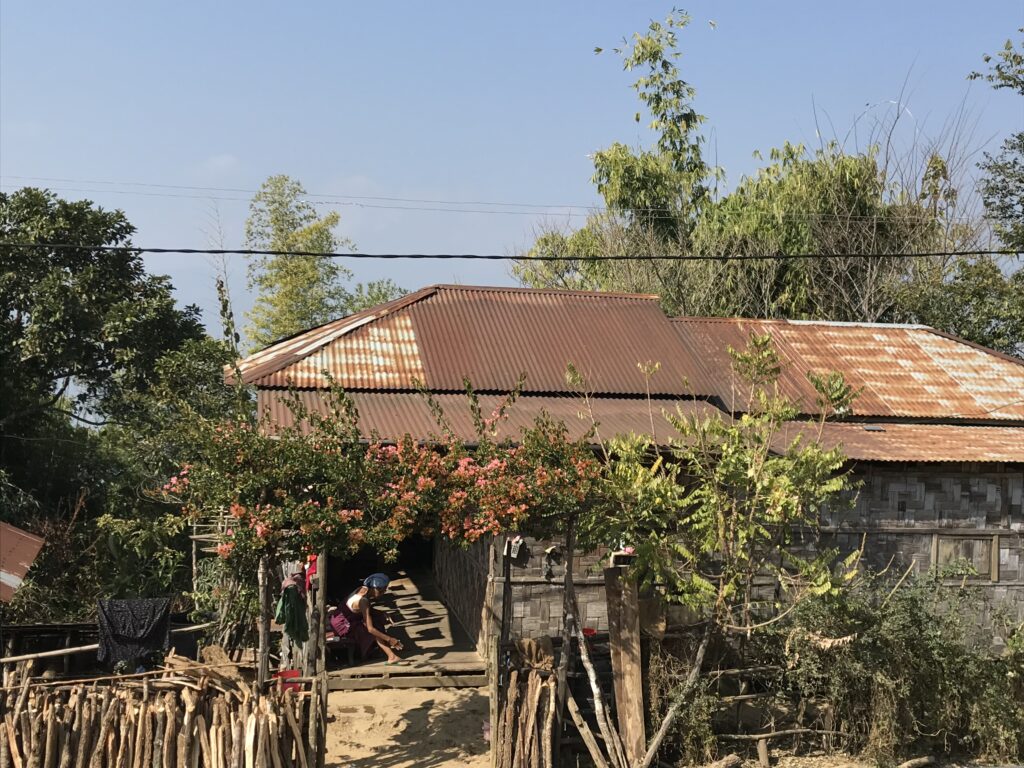
The village lands were entrusted to the village chief, overseeing its allocation to the inhabitants for cultivation. As remuneration for his functions, the chief received a portion of the harvested grains of the villagers called tangseu or buhsun, as did other functionaries like the village blacksmith. Because the villagers were entitled to use and cultivate the village lands, the system is adequately described as a ‘Community Land Holding System.’ This system was partly retained and partly transformed in the post-colonial period. In some areas
like Mizoram and Chin State, the chief’s office was ended by the Zomis. Control of land fell directly in the hands of the community, who administered it through village councils and committees. While the Indian Constitution gives special constitutional protection to the lands in Mizoram, Burma’s 2008 Constitution declared the Burmese government as ‘the ultimate owner of all lands and all natural resources..” of the country. Indeed, the pro-business and pro-investment Burmese government is known to arbitrarily seize the lands of its ethnic minorities for infrastructural and industrial development, often under laws that slotted such lands under categories like ‘vacant’ and ‘fallow’ lands.
The chieftainship system was retained by the Zomis in Manipur, though in altered forms. In most villages, the traditional privileges and functions of the chief over the village land were translated into the modern concept and language of private property rights by the colonial and post-colonial states. The chief thus became the owner or ‘Lord of the Soil’ and the villagers his tenants. Control over land shifted from the community to the chief, who administered it as his asset, selling and transferring it, leasing it to private hands, and prohibiting its use by his villagers. This placed new restrictions on the villager’s opportunities, as the activities of the Zomis, be it cultivation, gathering of forest produce, animal rearing, grazing, procuring fuel and building materials, etc., were traditionally bound up intimately with the land. In the Zomi town of Lamka in Manipur and its vicinity, the state land laws were extended, and land deeds or pattas were issued, enabling the private ownership, purchase, and sale of land. The Zomis in Manipur, like those in Burma, face the constant threat of losing ownership and control over their land. Through the valley, some people or specifically the Meiteis, are barred from owning land in hill districts; they have found means to acquire them, often in the name of cooperative societies and agribusinesses, resulting in Meitei Leikais (Meitei localities) being set up in and around Lamka town in Manipur. The Manipur government 2015 attempted to end the protection over land ownership enjoyed by the hill communities, including the Zomis, by passing three legislative bills, but this was foiled after a massive backlash from the latter. In another case, the government has declared a large forest area encompassing over a hundred Zomi villages in southern Manipur as ‘Kaihlam Wildlife Sanctuary. This threatens to disrupt the Zomis’ age-old access to forest lands and resources.
But the Zomis, at the same time, are relatively well-placed in matters of land ownership and management. Those in Burma have managed to maintain community ownership over land, not because of the weak presence of the Burmese government in the region. Village committees demarcate and allot lands, keep records, and settle disputes. These rights are now being acknowledged officially. The New Land Use Policy adopted by the Burmese government in 2016 and subsequent amendments to the land laws recognized the customary land tenure system of ethnic minorities, though finer details like decentralization of power and adequate protections for these rights still need to be worked out. The Indian Constitution, under article 371C, provides for a committee of legislators from the hills of Manipur, called the ‘Hill Areas Committee, to review the state laws before they apply to the hill areas. District Councils have also been established in the hill districts for local governance, adding another layer of protection and oversight over the traditional rights to land and other resources.
Zogam also has significant natural resources. Oil and mineral explorations have been conducted, and the presence of essential minerals like limestone, lignite, chromite, and nickel has been established. Salt springs are found at various locations, from which the Zomis used to manufacture salt. Chivu salt springs at Tonjang village is an important example, as it was also the site where the Zomi clans from different villages used to exchange gifts. The Tipaimukh (literally, ‘mouth of Tuivai’) area, where the Barak and Tuivai rivers converge, has fertile loamy soil from the sediments deposited by these rivers. It was teeming with rubber trees before and during the colonial era. This was greatly envied by the Manipuris, who plotted to instigate conflict between the British and Zomi chiefs of the area so they could take possession. The Zomis also grew cotton for their domestic use and trade. A British participant of the Lushai Expedition remarked that the Zomis’ “cotton fabric is unrivalled for strength and durability” and that “their basket work is as beautiful as it is strong.” The Zomis frequented bazaars in the valleys, trading forest produce, ivory, handicrafts, salt, fabric, and other items.
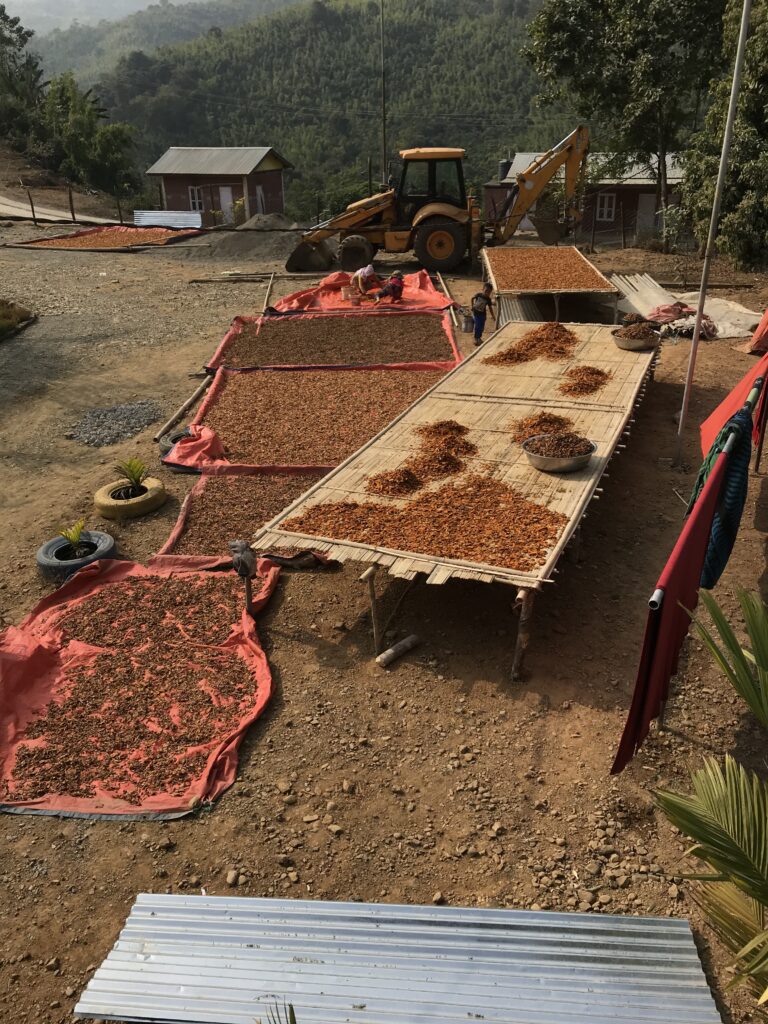
The Zomis’ relationship with their environment has shifted with modern technologies and outlook. The guns employed by neighboring kingdoms and European soldiers during the early colonial period found their way into the
hands of Zomis. While becoming an integral part of their cultural expression, it increased and allowed the indiscriminate hunting of wild animals such as tigers, leopards, bears, elephants, bison, deer, and wild boar, often encouraged by British officers during their administration. Soon, the wildlife population dwindled significantly, with some like the elephant disappearing from Zogam. Even today, hunting is practised in the rural backwaters, threatening to aggravate this dire situation. This exploitative relationship has begun to permeate other fields of the Zomis’ activities. Demographic pressures have necessitated the intensification of jhum cultivation to meet rising demands for food grains and other crops.
Intensive land use and clearing of forests have sped up land degradation, soil erosion, and loss of green cover. Developmental activities undertaken by households and the private and public sectors are another major factor. Forest trees are cut in large numbers to supply firewood and charcoal for domestic and industrial uses. Burgeoning construction activities in Zogam, be it for residential or commercial buildings, roads, bridges, and other infrastructures, often source their energy and material inputs locally. This accelerates deforestation, indiscriminate sand mining, and stone quarrying. These activities and associated industries, such as brick kilns, further pollute the air. The expression ‘Zo huihkhi siang (clean Zo air) could become a thing of the past if this trend continues. Threats to Zogam’s environment also arise externally. Explorations for oil and minerals have been undertaken with the government’s permission. Though this process has stalled on account of opposition from the local Zomi communities, valuable minerals, including nickel, limestone, etc., make the prospects enticing for private capital. Their extraction would mean a massive inflow of men, money, and machinery, which could have devastating environmental, economic, political, and socio-cultural consequences. Large infrastructure projects could also have adverse repercussions. The proposed Tipaimukh Dam, to be built near the confluence of the Barak and Tuivai rivers in Manipur for flood control and power generation, will inundate many Zomi villages in the area along with the diverse wildlife habitats and ecosystems. The dam’s safety is also in question as it will lie within one of the most seismically volatile regions on the earth.
There are a lot of opportunities that Zogam offers in terms of resources. The subtropical climate and abundant rainfall can support a wide range of agriculture activities, including rubber, cotton, tea plantations, horticulture, fruit and vegetable farms, livestock rearing and fisheries, and so on. The available minerals, if sustainably extracted, can provide good income from both the monetary inflow and the jobs created and promote industrial development. Zogam, as part of the Indo-Burma region, is internationally recognized as one of the eight hottest biodiversity hotspots. Community efforts at protecting this natural heritage could yield plenty of benefits, from more material rewards like promoting tourism through branding Zogam to the more fundamental interest in preserving the traditional Zomi way of life that is in sync with nature. Demarcating parts of Zogam as protected areas while ensuring livelihoods are protected can help maintain and revive the depleted wildlife population, such as the hornbill, the serow, the Hoolock Gibbon, the Asiatic Black bear, and so on.

